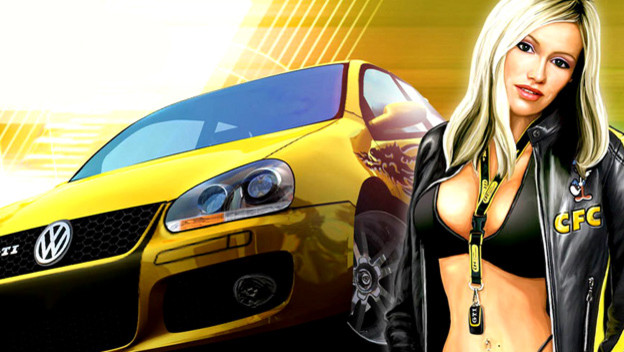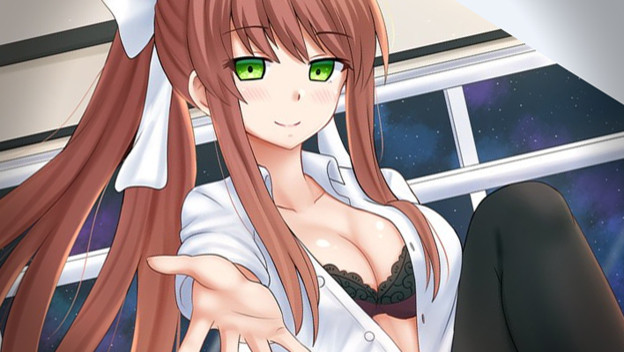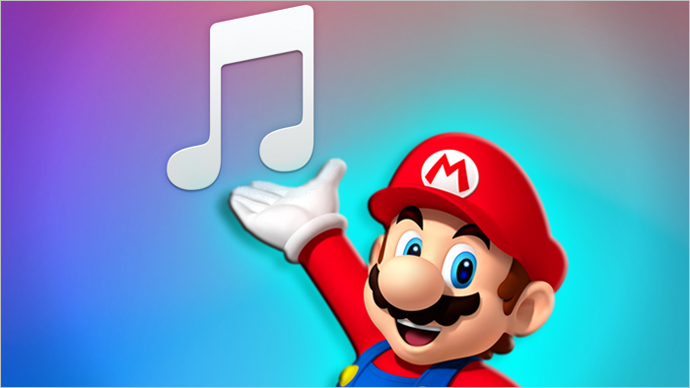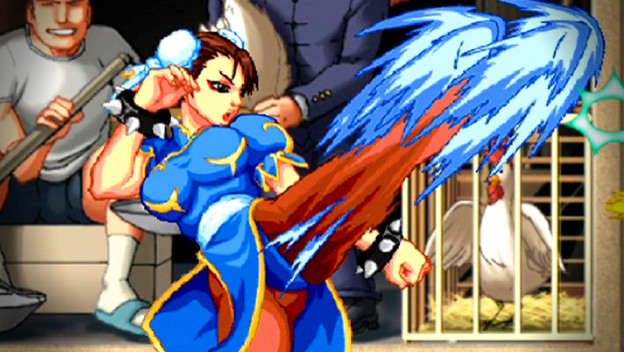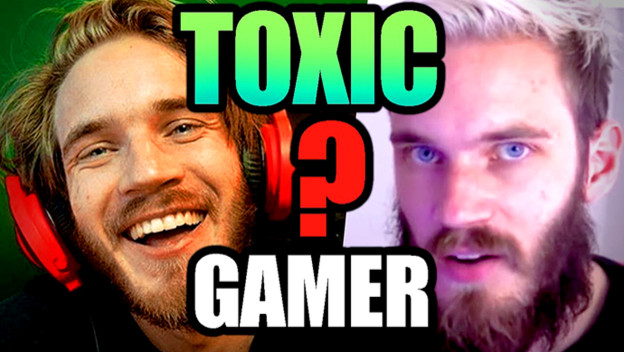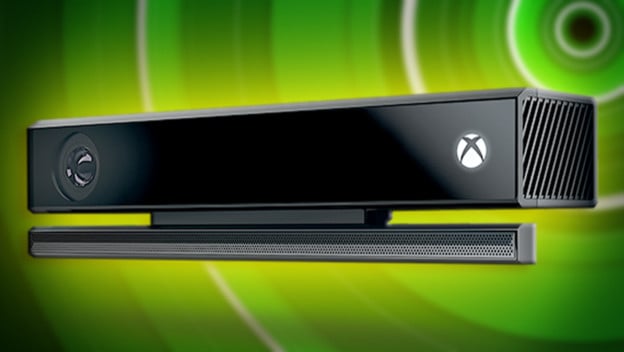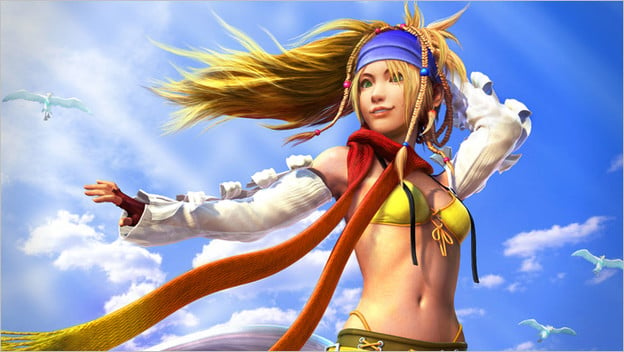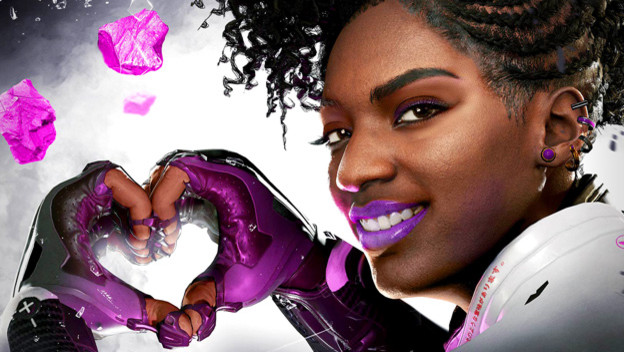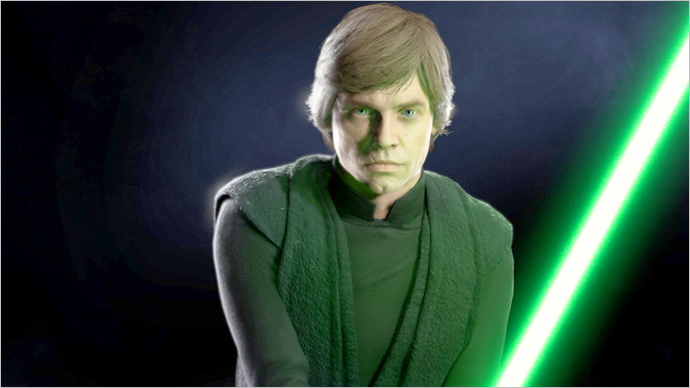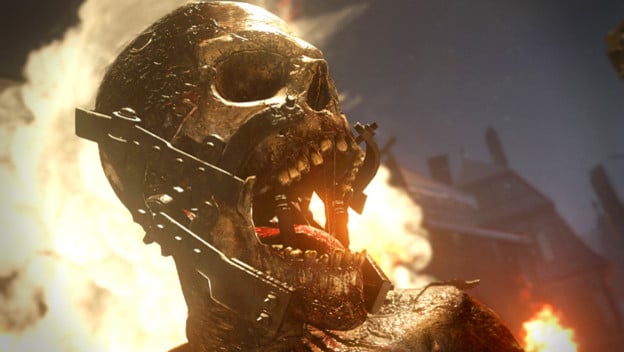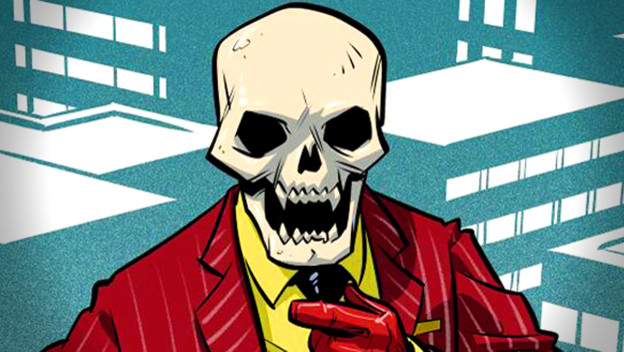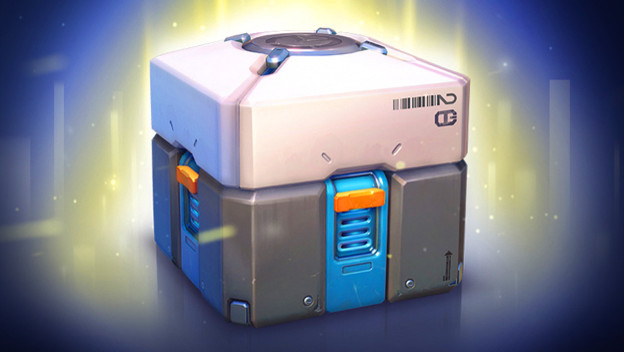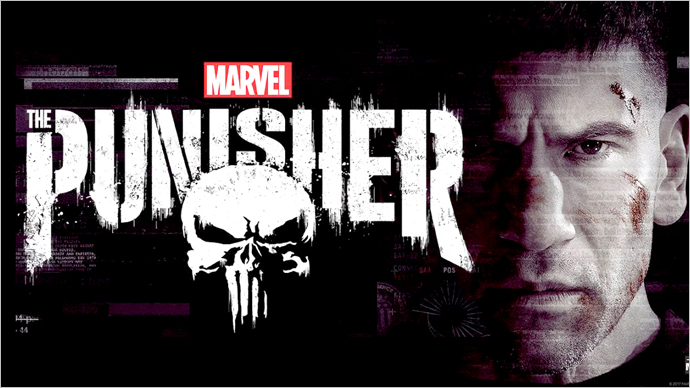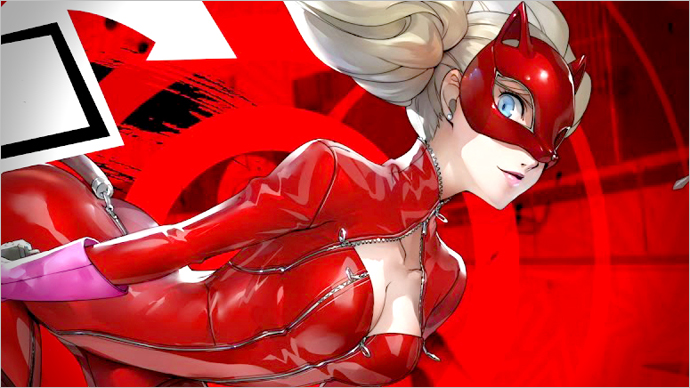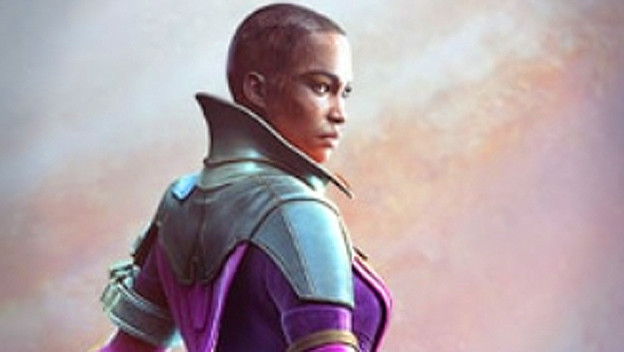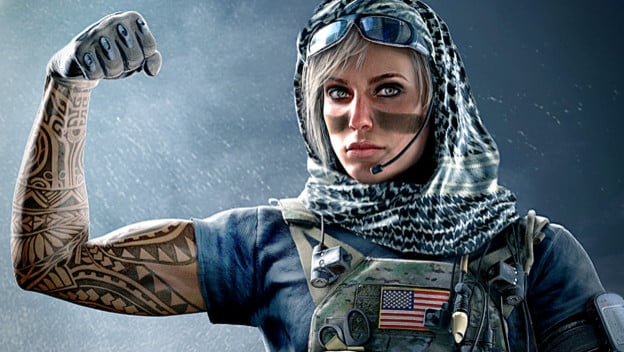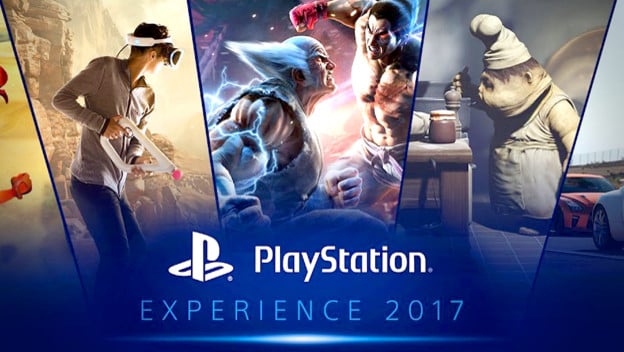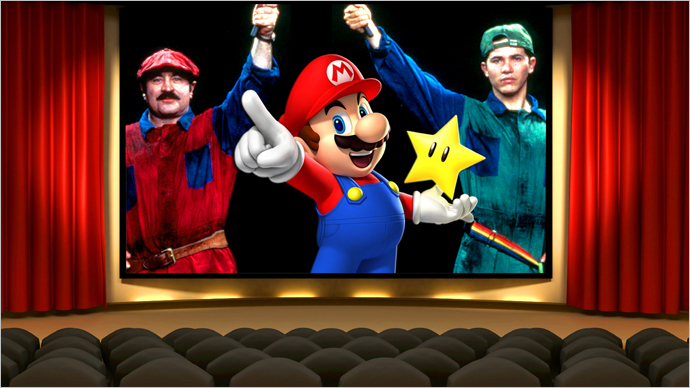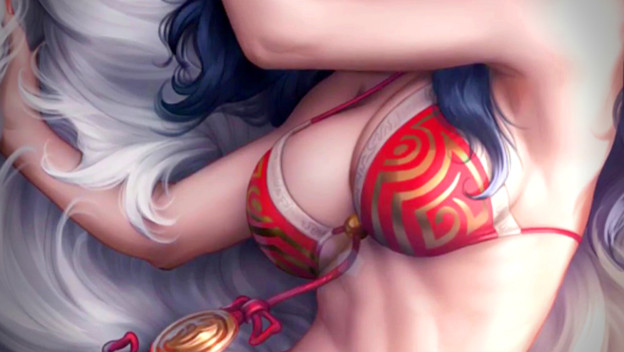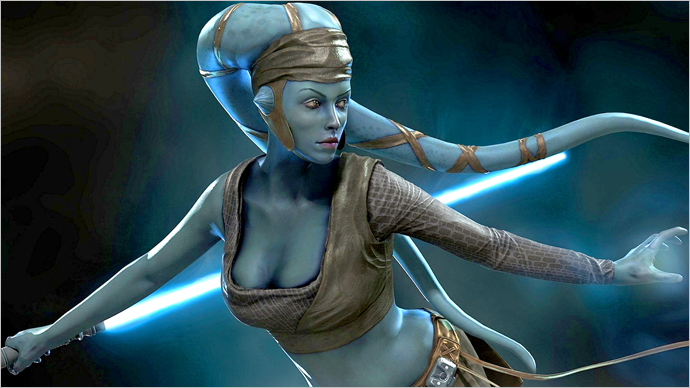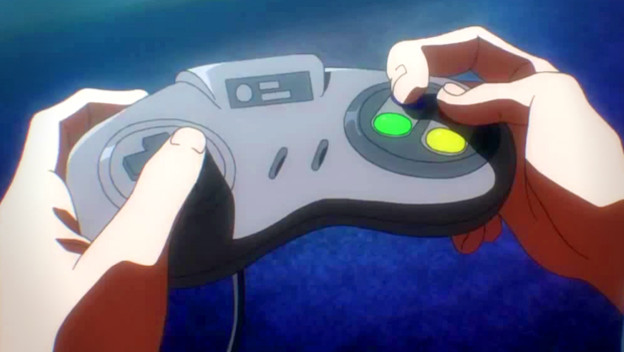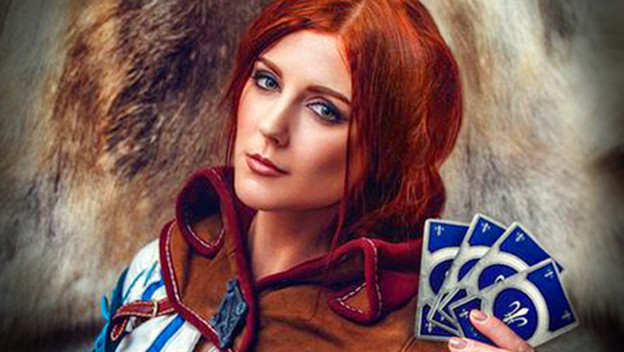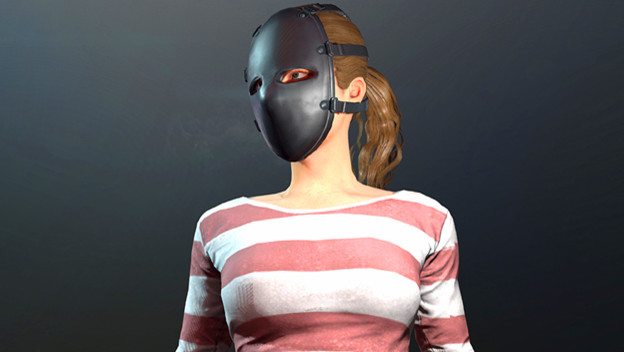
| System: PS4, Xbox One, PC |  |
| Dev: Capcom | |
| Pub: Capcom | |
| Release: September 19, 2017 | |
| Players: 1-2 Player | |
| Screen Resolution: 480p-1080p | Not yet assigned a final ESRB rating. |
At E3 2017, Marvel vs Capcom: Infinite, a game that has been a bit of a controversial target lately, was playable on the show floor in two different forms. You could play the standard versus mode or get a crack at the story mode. I couldn’t get in line for both, for obvious reasons, but I have a cautious fascination with the current fad of story modes in fighting games. Marvel vs Capcom: Infinite is no different, with a theatrical story full of cutscenes, a rotating roster, and drop-in fights. I figured this demo, which lasted roughly a half-hour, could give me a taste of both the core game itself as well as the wrapping, bells, and whistles surrounding it. Coming away from it, I’m not sure what to think.
The demo drops you right in, opting to toss you into the thick of things, rather than start you off with the introduction as if you just purchased Marvel vs Capcom: Infinite. Things are not great in Asgard, and the new character Ultron Sigma has at this point already formed and established itself as a cosmic threat. The ragtag group of heroes, so far inexplicably brought together from the two worlds of Marvel and Capcom, are struggling to contain the chaos.
The soldiers of Asgard are being taken over by Ultron Sigma, and there are of course plenty of Ultron bots also on the offensive. Players get to control several different characters over the course of the demo as they battle several low-level CPUs. The battles are two-on-two, and you’re able to pause the game in the middle of a fight to inspect command lists. Throughout the course of the demo, I was able to play as Captain America, Mega Man X, Rocket Raccoon, Captain Marvel, Thor, and Chun-Li. More may have been playable, but the fast pace and easy difficulty setting meant sometimes a battle would end before I thought to swap out. Characters like Dante, Ryu, Gamora, and Thanos were also around in some form or another.
The first thing I noticed about Marvel vs Capcom: Infinite was how much it has departed from Ultimate Marvel vs Capcom 3. It plays a lot more like Marvel vs Capcom 2, minus a third character and assists, of course. Rather than light, medium, and heavy attacks with a dedicated launch button, we’re back to two punches and kicks, with directional input giving you access to different properties, including OTGs and launchers. Some moves are also simplified, and the vaguely Z-shaped “Dragon Punch” maneuver seems to have been replaced entirely by pressing down twice instead.
I knew about the input changes going in and was expecting something more accessible. Instead, I ended up feeling more lost, as I’m much more familiar with Marvel vs Capcom 3 than 2. The third game’s light, medium, heavy, launcher system (also referred to as the magic series) is much more novice-friendly with its logical flow and easier chaining. The older-style system is more like a traditional Street Fighter, but much faster and more complicated. It’s an interesting choice, and I’m not sure it was one made with accessibility in mind. That said, Marvel vs Capcom: Infinite does feature the dreaded auto-combo – players can just mash the light punch button to throw out a small, basic combo without having to use input motions at all.
This, combined with the Mortal Kombat-style story mode has me worried about this game, like other recent fighters, coming off as being more disposable than they should. Casual players, if the story mode is their introduction to Marvel vs Capcom: Infinite, will play the story, mash the square button the whole time, and move on. They won’t have the tools and education needed to actually learn the game properly, which could lead to a discouraging and ultimately game-ending online experience.
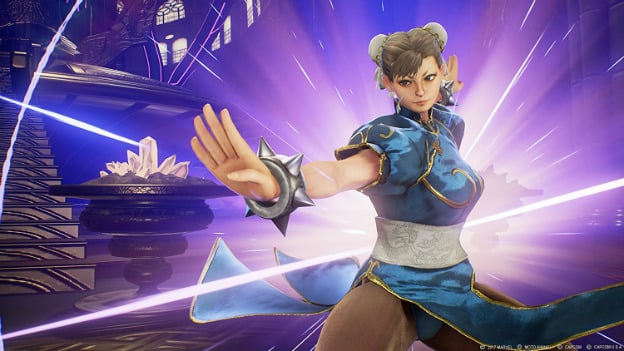
That said, Capcom has a much better track record with tutorial modes than much of its competition. Tekken 7, for example, had little more than a basic training mode for showing newcomers what to do, therefore being much less accessible. If Marvel vs Capcom: Infinite launches with a great challenge mode, then story mode existing in its own silly little pocket will be much less of an issue.
Speaking of issues, the story mode doesn’t seem like much to write home about. It’s big, loud, and silly, and the character models are ugly, especially anyone with a human face. It reminded me of the old Mortal Kombat movies – a bunch of confused-looking actors in uncomfortable costumes bungling around a bunch of jargon-laden nonsense dialogue. Granted, it’s probably difficult to squeeze much else out of a Marvel and Capcom crossover, but it makes me continue to wonder why this kind of storytelling is so popular at the moment.
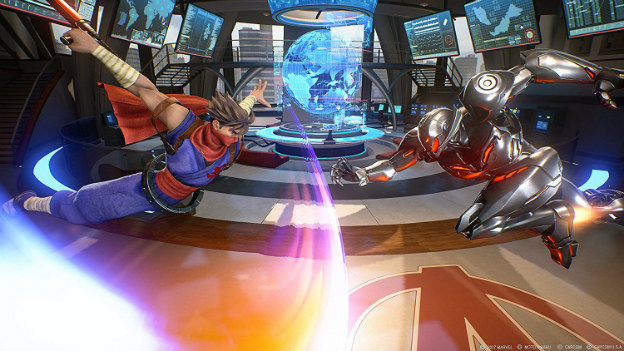
For what it’s worth, Marvel vs Capcom: Infinite is definitely, unmistakably a Marvel vs Capcom game in look and feel. It’s fast and fluid in a fight, and the effects other than the weird face issue I mentioned earlier look pretty good. The character models look a lot bigger than in Ultimate Marvel vs Capcom 3, and characters like Rocket Raccoon have a lot of neat details. I think a lot is hinging on this game doing well, so hopefully by the time Marvel vs Capcom: Infinite launches, Capcom will have revealed a bit more about what’s under the hood, and who’s on the roster.
|
By Lucas White Contributing Writer Date: 06/26/2017 |
Game Features:







